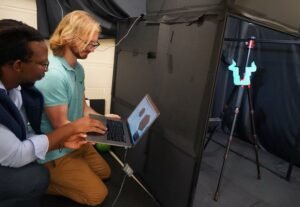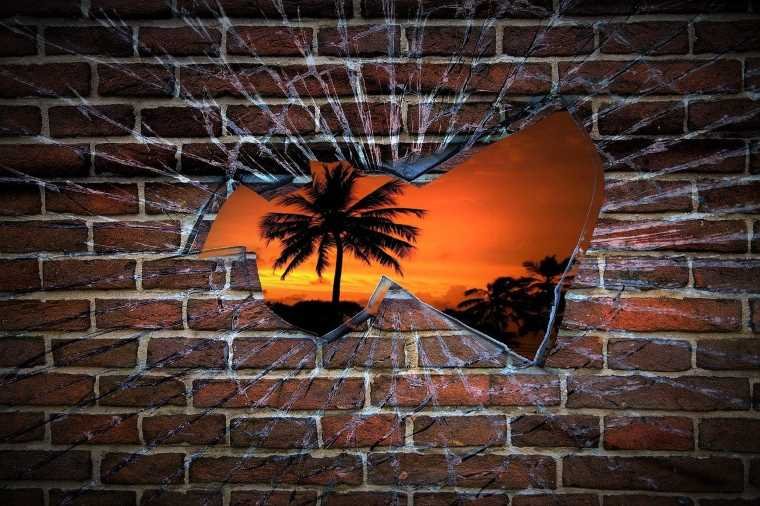Two scientists from the University of South Florida (USF) say they have developed a technique that allows them to see around obstacles.
According to the technique’s inventors, their algorithm, which was inspired by a car crash, can use a single photograph to compute “highly accurate, full-color three-dimensional reconstructions of areas behind obstacles.”
Although still in the development stages, the inventors say they could see several uses for their technique. Potential applications range from traffic safety and military operations to police forces navigating hostage situations.
“We live in a 3D world,” said the technique’s co-inventor, USF assistant professor of computer science John Murray-Bruce, “so obtaining a more complete 3D picture of a scenario can be critical in several situations and applications.”
The Ability to See Around Obstacles is All in the Shadows
To create the algorithm, Murray-Bruce and his doctoral student, Robinson Czajkowski, focused on the information available in a digital photograph. Most importantly, they analyzed the data available from shadows cast by objects and structures that are obstructed from the camera’s point of view.
“These shadows are all around us,” Czajkowski said. “The fact we can’t see them with our naked eye doesn’t mean they’re not there.”
In fact, the pair of scientists say there is a ton of information in these shadows that the human eye simply cannot interpret. Their algorithm also incorporates data from “reflections” cast by objects obscured from the camera’s point of view.


“We’re turning ordinary surfaces into mirrors to reveal regions, objects, and rooms that are outside our line of vision,” Murray-Bruce explained.
The scientists point out that previous efforts to accomplish the ability to see around obstacles have had some success but have also faced a series of limitations. For example, some efforts were only able to offer a 2D representation of the obstructed view. Furthermore, the one method that was able to approximate their results involved specialized equipment that was significantly more expensive than off-the-shelf cameras. In this study, the team used a commercially available Kiralux® CMOS compact scientific camera with 2048 × 2448 resolution (5 Megapixels) by Thorlabs.
“Our work achieves a similar result using far less,” Czajkowski said. “You don’t need to spend a million dollars on equipment for this anymore.”
10 to 20 Years Before Practical Applications
While their work was recently published in the journal Nature Communications, the USF research team admits it is only a proof of concept. A practical solution that can aid law enforcement, military forces, or emergency personnel is likely 10 to 20 years away.
Still, they are encouraged by their first-of-its-kind achievement and believe that continued progress in this relatively nascent field is accelerating overall progress. To contribute to that advancement, the duo says they have made their algorithm publicly available so other scientists can capitalize on and improve upon their research.
“In just over a decade since the idea of seeing around corners emerged, there has been remarkable progress, and there is accelerating interest and research activity in the area,” Murray-Bruce said. “This increased activity, along with access to better, more sensitive cameras and faster computing power, form the basis for my optimism on how soon this technology will become practical for a wide range of scenarios.”
Christopher Plain is a Science Fiction and Fantasy novelist and Head Science Writer at The Debrief. Follow and connect with him on X, learn about his books at plainfiction.com, or email him directly at christopher@thedebrief.org.

